How to Wire a Photocell to Multiple Lights (7-Methods)
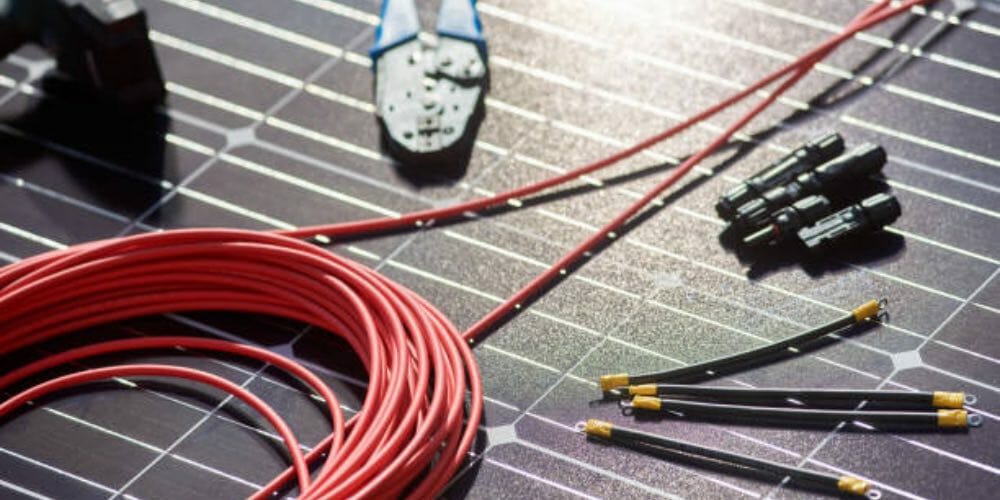
What is photocell light control? A photocell is a device that links multiple lights. The photocell detects the Infrared light and then emits an electric current which is used to control the lights. You can automatically turn off or on all of those bulbs connected to a photocell at once.
A photocell, therefore, is one of the best ways to control outdoor lights. In this guide, I will show you how to connect a photocell to your lights, and how to use the photocell.
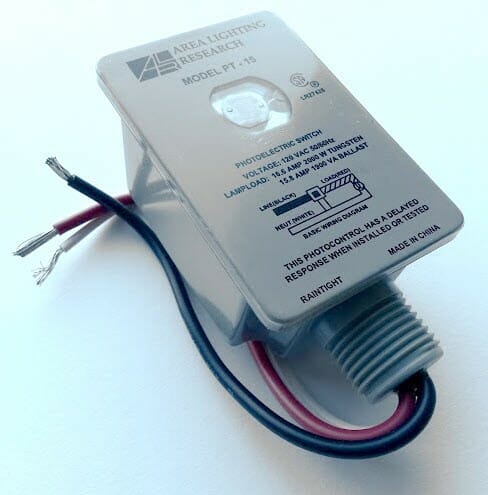
To control multiple lights using a photocell, plug the photocell to one end of a splitter and then connect the light source to the other end of the splitter. You can also wire a photocell via a relay box, a power switch, power multiplexing, transfer box, the isolation method, and an external photocell.
We will now drive our focus to the 7 methods you can use to connect a photocell to multiple lights.
1. Using a Power Splitter
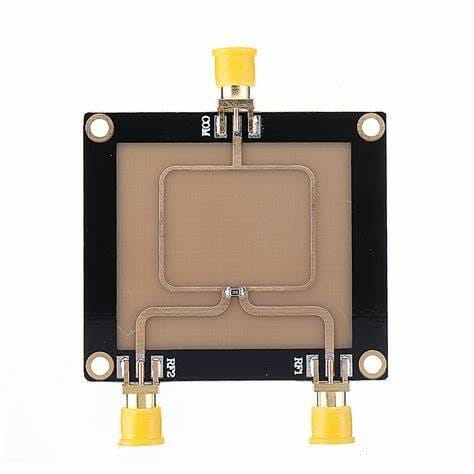
The photocell can run on low voltage. You will require a small power splitter which you can use to split the power source into 2, 3, and even up to 4 power outputs.
To connect the photocell to a splitter, plug the photocell to one end of the power splitter and then connect the appliance or the lights to the other end of the splitter.
2. Link the Lights to a Photocell via a Power Switch
A power switch is another convenient way you can use to connect the lights to a photocell and control them (lights) automatically. In this technique, you can turn the power source on and off by flipping the switch. This is the most popular method of linking the lights to a photocell.
3. Relay Box
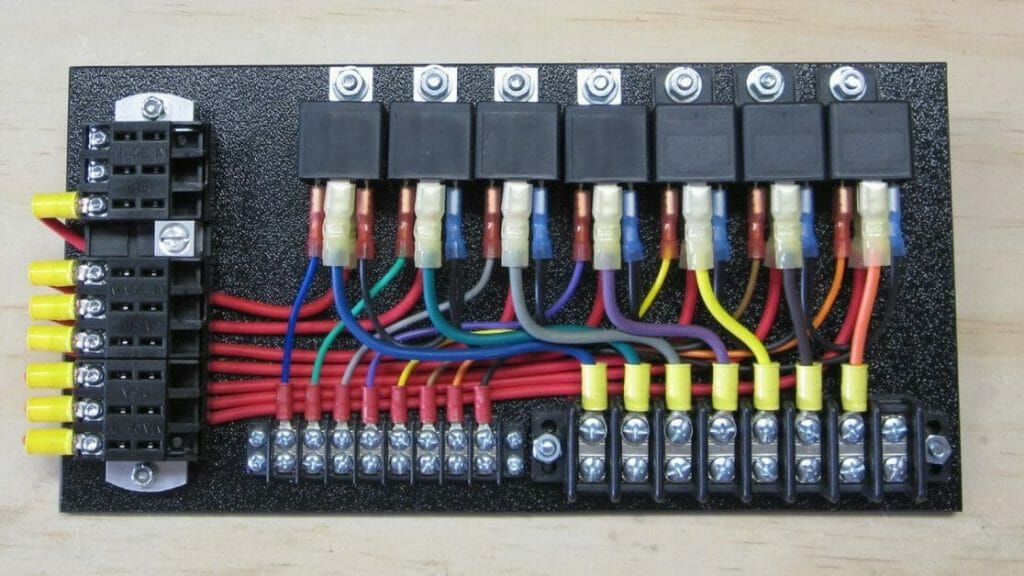
A relay is another feasible method of wiring a photocell to the lights to enable automatic control of the lights.
This method is however more complex as it requires a lot of wiring as opposed to the power switch and splitter methods.
To connect your photocell to the lights via a relay box, you will need to wire each light to a relay. And then attach each relay to the switch; you can then control all the relays with the photocell.
4. Power Multiplexing Technique
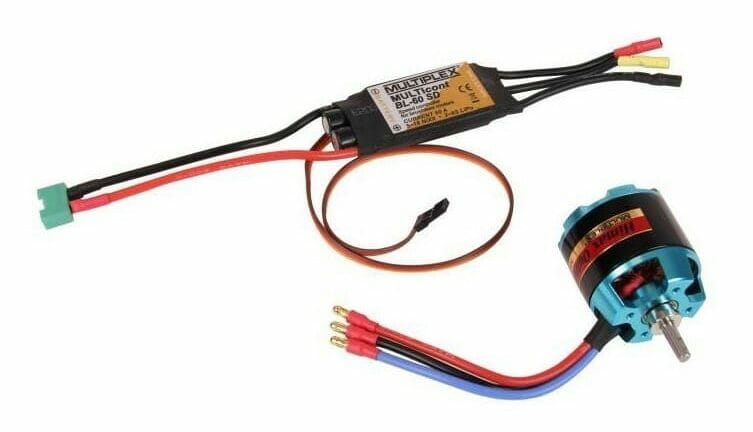
You can also use the power multiplexing method to connect the lights to a photocell. Power multiplexing enables the use of an SPDT (or 3-prong) toggle switch that requires AC voltage only. They also require 3 wires and not 2.
The AC component in the power multiplexing technique works with any type of lamp without affecting the polarity of the system.
5. Using a Transfer Box
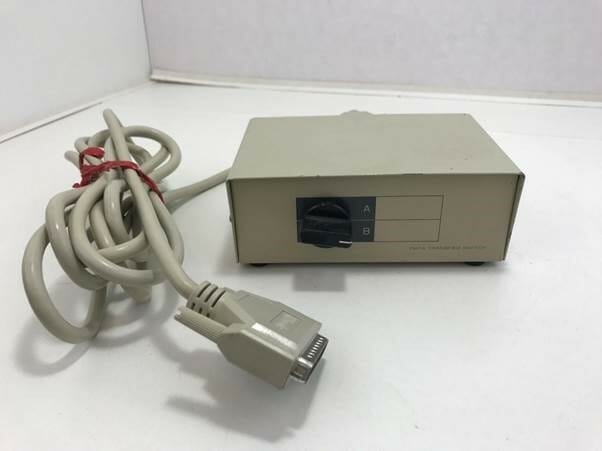
The 5th method you can use to connect your photocell to the outdoor or indoor lights is the use of a transfer box.
To make the connection, enable the power cord to travel via the transfer box. You should also consider choosing lamps whose sizes match the square inches on the transfer box you intend to use.
The number is given on the lamps’ boxes. This is relevant to those who are not using pre-wired lamps.
Note that for more complex wirings or projects, cut all the cords and then wire them together. That will allow you to feed only one cord through the transfer box. You can also do that if you want to integrate your photocell.
6. Using the AC Decoupling or the Isolation Method
AC decoupling or the isolation method is another effective way of connecting the photocell to multiple lights.
All the bulbs need to have their own AC cords connected to the power supply unit.
To connect, wire the photocell to all the light circuits. It will make the photocell only receive power from the lamps.
7. Using an External Photocell
The 7th method to enable automatic control of lights on a photocell is the use of an external photocell.
This technique functions as a fail-safe. You can easily replace the original photocell that fails without rewiring anything or reattaching the wire connected to the switch. Instead, you will just plug the external photocell into a wall and then connect your lights to that cord.
You should be advised that this technique is used as a temporary fix. You should not use this method to control your lights via a photocell for an extended period.
Important Tips and Suggestions
Let’s look at various tips and suggestions that can help you connect the photocell to the lights.
- Always face your photocell on the outside of the house. Your lights will turn on when the sun’s rays shine on the photocell. That will give you the maximum level of brightness to help you decide on whether your lights should be on or off.
- Do not purchase super cheap photocells. Super cheap photocells will give you problems. Instead, go for the quality photocells – quality ones do not only serve you well but also last longer.
- Protect the outdoor photocells from bad weather and debris. Materials such as dried leaves, tree branches, and other debris can trigger your lights on at the wrong time. So, make sure you secure your photocell strategically and safely.
- Keep your photocell dry at all times. Always make sure you consistently check for any signs of condensations or water on your photocell and dry them off immediately. If a photocell is penetrated with water, a short circuit may occur. A short circuit can damage your entire lighting system.
- Replace the faulty photocell with a replica. That will enable your timers to function just as before.
Safety Precautions to Follow When Installing or Using Photocells
Take the following precautions when installing or using your photocells:
- Do not use Direct Current on photocells as they are designed with Alternating Current (AC). DC is found on the wall outlets and switches.
- Photocells do not work well when exposed to direct sunlight, UV radiation, and strong magnetic fields.
- Do not use photocells as safety cut-outs with household current or even exposed to it. You can get electrocuted if you touch the terminals of photocells that are exposed to household currents.
- Do not use photocells to activate electronic devices that require loads of more than 16 amperes or 10 watts. Such devices include heat lamps.
- The photocell connections should not exceed 600 volts unless stated in the photocell manual. In that vein, you should use relays to control your high voltage devices such as HID (High-Intensity Discharge).
- Properly secure your outdoor photocells with waterproof materials like tapes and plastics.
- Connect the photocells to the pilot light’s leads on a device. Do not connect them directly to the AC power. That will enable the lights to turn on without wasting energy.
Do Photocells Need Neutrality?
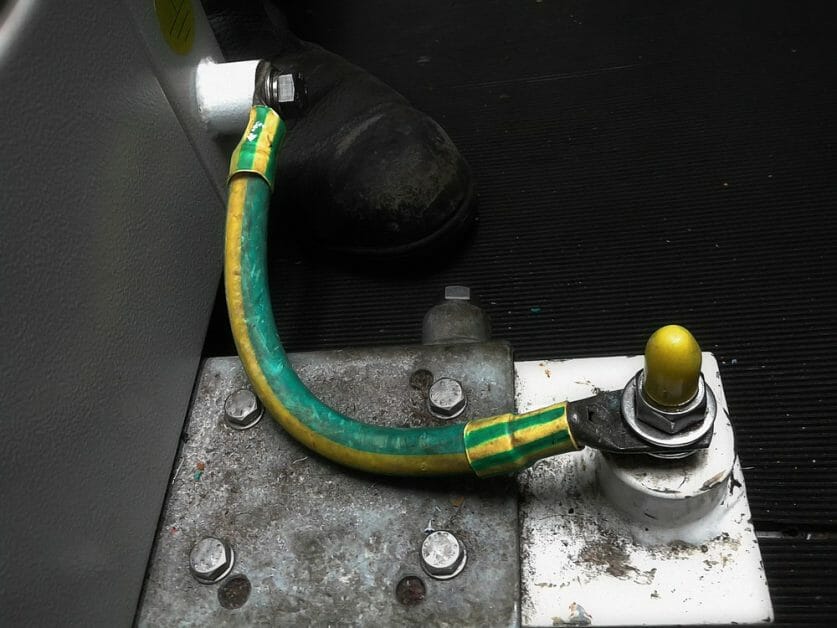
Photocells can work without being grounded. The photoelectric process converts light into electricity. (1)
The photoelectric process does not involve current or voltage and hence zero-pressure reference (grounding). You can successfully operate your photocell without ground connections, you may also wire it to neutral but it is not necessary.
Note: Never hook up your photocells across 2 hotlines; otherwise, you will burn out your photocell. Most people confuse photocells with photovoltaic cells. Photocells are not neutral like photovoltaics. (2)
Wrapping Up
Photocells are handy devices that you can use to comfortably and remotely control multiple outdoor and indoor lights at home. I hope this guide helps you to connect multiple lights to a photocell via any of the 7 methods.
Take a look at some of our related articles below.
- How to wire a chandelier with multiple lights
- How to wire multiple lights to one cord
- How to cut wire without wire cutters
References
(1) photoelectric process – https://www.britannica.com/science/
photoelectric-effect
(2) photovoltaics – https://www.sciencedirect.com/topics/materials-science/photovoltaics
